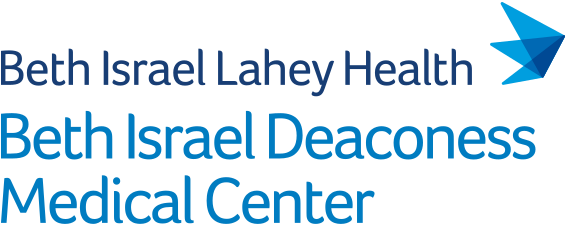IMPORTANCE: People with type 2 diabetes and hypertension are at high risk for blood pressure-related cardiovascular events. Few trials have tested the blood pressure-lowering effects of dietary interventions other than weight loss in this population.
OBJECTIVE: To determine the effects of dietary patterns and sodium reduction on blood pressure in adults with type 2 diabetes.
DESIGN, SETTING, AND PARTICIPANTS: Dietary Approaches to Stop Hypertension for Diabetes (DASH4D) was a randomized 4-period crossover feeding study conducted at a community-based study center from June 2021 to June 2024. It included adults with type 2 diabetes, a systolic blood pressure of 120 to 159 mm Hg, and a diastolic blood pressure of less than 100 mm Hg. The DASH4D diet is a Dietary Approaches to Stop Hypertension (DASH)-style diet optimized for people with type 2 diabetes (lower carbohydrates, higher unsaturated fats, and lower potassium than the original DASH diet). Participants were provided all of their food and ate no outside food. Weight was held constant. Data analysis was completed in November 2024.
INTERVENTIONS: Participants were randomized to a sequence of 4 diets, each for 5 weeks: (1) DASH4D diet with lower sodium, (2) DASH4D diet with higher sodium, (3) comparison (typical US) diet with lower sodium, and (4) comparison diet with higher sodium (reference).
MAIN OUTCOMES AND MEASURES: The primary and secondary outcomes were end-of-period systolic and diastolic blood pressure, respectively. The primary dietary contrast compared the DASH4D lower sodium diet vs a comparison higher sodium diet.
RESULTS: Of 102 participants, 85 (83.3%) completed all diet periods. The mean (SD) age was 66 (8.8) years, 67 (66%) were women, 6 (6%) were self-reported Asian, 89 (87%) were Black, 2 (2%) were Hispanic, 6 (6%) were White, mean (SD) baseline blood pressure was 135 (9)/75 (9) mm Hg, and 67 (66%) used 2 or more antihypertensive medications. Compared with the comparison diet with higher sodium, the DASH4D diet with lower sodium reduced end-of-period systolic blood pressure by 4.6 mm Hg (95% CI, 7.2-2.0; P < .001) and diastolic blood pressure by 2.3 mm Hg (95% CI, 3.7-0.9). Most blood pressure reduction occurred during the first 3 weeks of each diet, and the effect of sodium reduction appeared stronger than the effect of the DASH4D diet. Adverse events were infrequent in each diet.
CONCLUSIONS AND RELEVANCE: This randomized clinical trial found that, for adults with type 2 diabetes, most of whom were treated with multiple antihypertensive medications, the DASH4D diet combined with sodium reduction achieved a clinically relevant reduction in blood pressure, primarily from sodium reduction.
TRIAL REGISTRATION: ClinicalTrials.gov Identifier: NCT04286555.
